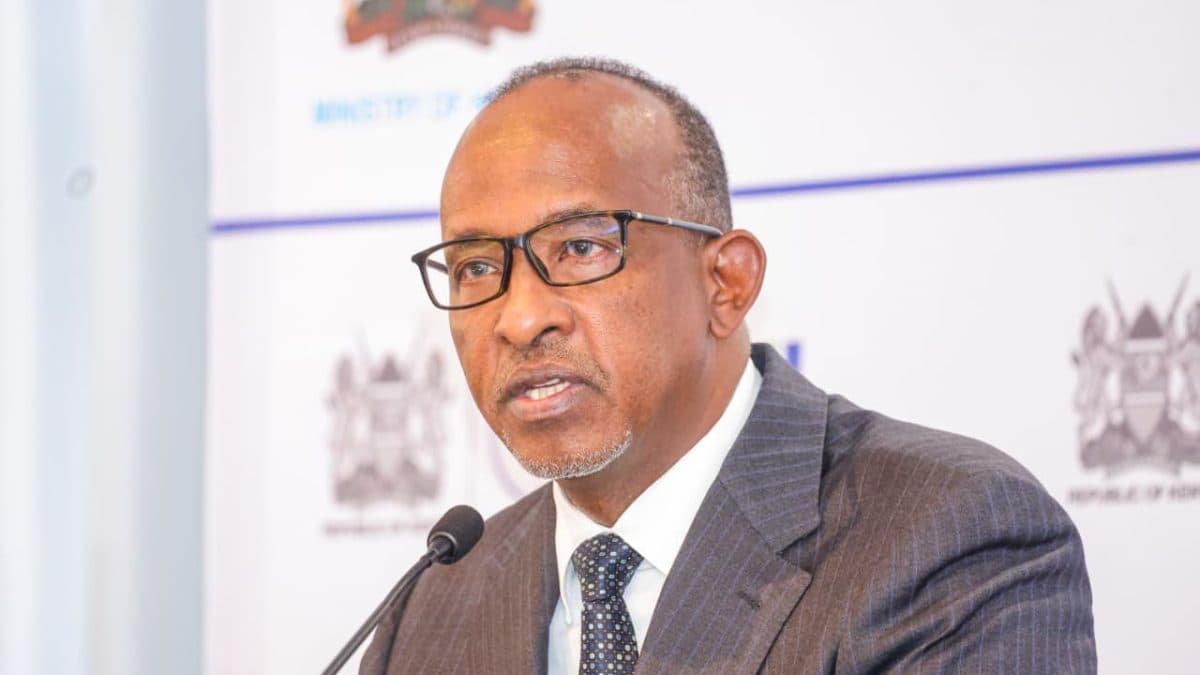We're loading the full news article for you. This includes the article content, images, author information, and related articles.
The World Health Organization announced that Kenya has eliminated human African trypanosomiasis (sleeping sickness) as a public health problem, making it the tenth African country to reach the milestone after years of surveillance and vector control.

Nairobi, Kenya – Kenya has achieved a historic public health victory: the World Health Organization (WHO) has validated the country as having eliminated human African trypanosomiasis (HAT)—commonly known as sleeping sickness—as a public health problem. This milestone was announced on August 8, 2025, and positions Kenya as the tenth country globally, and second in Africa, to reach this feat. ([turn0search0], [turn0search11])
During the validation announcement, WHO Director-General Dr Tedros Adhanom Ghebreyesus extended congratulations to the people and government of Kenya, underscoring the nation’s contribution to eliminating neglected tropical diseases (NTDs)
Kenya’s Health Cabinet Secretary, Dr Aden Duale, hailed the achievement as a monumental step toward public health protection and economic prosperity.
WHO Representative in Kenya, Dr Adiele Onyeze, emphasized continued need for post-validation vigilance, urging sustained surveillance and vector control to guard against potential resurgence.
The Ministry of Health, alongside partners, deployed a multi-pronged strategy: active surveillance, vector (tsetse fly) control, community education, and early treatment in high-risk counties such as Busia, Bungoma, Homa Bay, Siaya, Migori, and Narok.
Since no indigenous cases have been reported since 2009, Kenya’s sustained effort over years has made elimination feasible.
Achieving “elimination as a public health problem” means Kenya has effectively reduced HAT to levels no longer posing a community-wide threat.
However, the disease isn’t eradicated—tsetse flies still exist, and there’s a risk of re-emergence, especially in border areas. Continued surveillance, early detection, and vector control remain essential.
Kenya joins other African nations—Benin, Chad, Côte d’Ivoire, Equatorial Guinea, Ghana, Guinea, Rwanda, Togo, and Uganda—in having eliminated HAT as a public health concern.
Notably, Kenya had previously eliminated another NTD: Guinea worm disease in 2018
The achievement frees up health sector resources previously directed at HAT control and treatment, allowing refocus on other pressing health priorities.
This success highlights the power of sustained public–private partnerships, robust community engagement, and the value of resilient health systems.
It reinforces Kenya’s role in regional NTD elimination efforts and positions it as a model for other endemic countries.
|
Aspect |
Details |
|---|---|
|
WHO Validation Date |
August 8, 2025 |
|
What Was Eliminated |
Sleeping sickness as a public health problem (not full eradication) |
|
Kenya’s Global Rank |
10th country globally, 2nd in Africa to achieve this milestone |
|
Key Strategies |
Surveillance, vector control, education, early diagnosis and treatment |
|
Next Steps |
Maintain vigilance via surveillance, vector control, integrated services |
Keep the conversation in one place—threads here stay linked to the story and in the forums.
Other hot threads
E-sports and Gaming Community in Kenya
Active 7 months ago
Popular Recreational Activities Across Counties
Active 7 months ago
The Role of Technology in Modern Agriculture (AgriTech)
Active 7 months ago
Investing in Youth Sports Development Programs
Active 7 months ago